Introduction
Steamed buns, known as baozi in Chinese cuisine, are a beloved staple across Asia and beyond. These fluffy, doughy parcels, often filled with savory or sweet ingredients, require precise cooking techniques to achieve their signature soft texture and vibrant flavor. One of the most common questions among home cooks and culinary enthusiasts is: How long should large baozi be steamed to ensure they are fully cooked? This article delves into the science, techniques, and practical tips to answer this question, empowering you to create perfect steamed buns every time.
Understanding the Basics of Steaming
Steaming is a gentle cooking method that uses hot vapor to cook food evenly while retaining moisture, nutrients, and texture. Unlike baking or frying, steaming minimizes direct heat exposure, making it ideal for delicate items like baozi. The key to successful steaming lies in maintaining a consistent temperature and allowing sufficient time for heat to penetrate the dough and cook the filling thoroughly.
Factors Influencing Steaming Time for Large Baozi
Several variables affect how long it takes to steam large baozi to perfection. Mastering these factors will help you adjust your cooking time based on specific conditions:
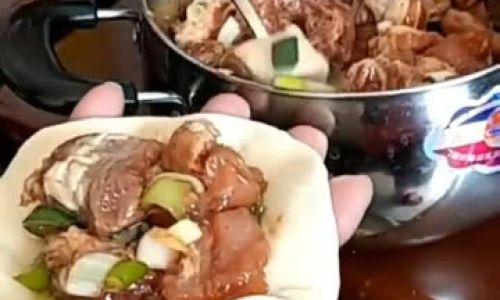
-
Size and Thickness of the Dough
Larger baozi, typically ranging from 3.5 to 5 inches in diameter, require more time to cook than smaller varieties. The thickness of the dough wrapper also plays a role—thicker wrappers need longer steaming to ensure the center cooks without burning the exterior. -
Filling Composition
The type of filling impacts steaming time. Meat-filled baozi (e.g., pork, beef, or chicken) generally take longer to cook than vegetable-based fillings due to the need to fully cook proteins. Frozen fillings or dense ingredients like root vegetables may also extend cooking time. -
Dough Fermentation
Properly fermented dough rises more efficiently, creating air pockets that aid in even cooking. Over-fermented or under-fermented dough may result in uneven texture, affecting steaming consistency. -
Altitude and Humidity
At higher altitudes, water boils at lower temperatures, which can lengthen steaming time. Similarly, dry climates may require adjustments to prevent the dough from drying out during cooking. -
Steamer Equipment
The material and design of your steamer (bamboo, stainless steel, or electric) influence heat distribution. Bamboo steamers, for example, absorb excess moisture, while metal steamers may create a more humid environment.
Step-by-Step Guide to Steaming Large Baozi
-
Preparing the Steamer
- Fill a wok or large pot with 2–3 inches of water, ensuring the water level does not touch the steamer basket.
- Line the steamer basket with parchment paper, cabbage leaves, or a thin cloth to prevent sticking.
- Preheat the steamer over medium-high heat until the water boils vigorously.
-
Arranging the Baozi
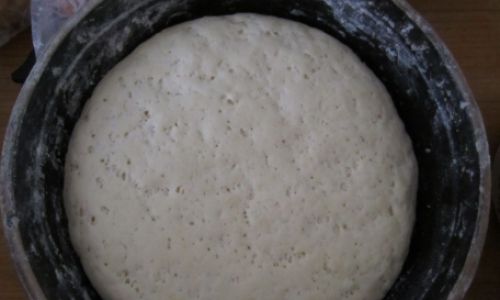
- Place baozi in the steamer basket, leaving at least 1.5 inches between each bun to allow for expansion.
- Avoid overcrowding, as this can trap steam and create soggy spots.
-
Setting the Timer
- For freshly made, large baozi (4–5 inches in diameter), steam for 18–22 minutes.
- For frozen baozi, add 5–7 minutes to the cooking time.
- If using a meat filling, aim for the upper end of the time range to ensure the filling is fully cooked.
-
Monitoring Doneness
- Check for doneness by gently pressing the side of a bun—it should spring back immediately.
- For meat-filled baozi, slice one open to confirm the filling is cooked through (no pink juices for pork/beef; clear juices for poultry).
-
Resting Period
- Turn off the heat and let the baozi sit in the steamer for 3–5 minutes with the lid slightly ajar. This prevents collapse due to sudden temperature changes.
Common Mistakes and How to Avoid Them
-
Oversteaming
- Issue: Excessive steaming causes the dough to become gummy or wrinkled.
- Solution: Use a timer and adhere strictly to recommended cooking times. Check buns 1–2 minutes early to avoid overcooking.
-
Understeaming
- Issue: Undercooked dough may taste raw, while uncooked meat poses health risks.
- Solution: Test doneness by temperature (internal meat should reach 165°F/74°C) or texture.
-
Uneven Heating
- Issue: Cold spots in the steamer lead to inconsistent cooking.
- Solution: Rotate the steamer basket halfway through cooking if your equipment lacks even heat distribution.
-
Using Cold Water
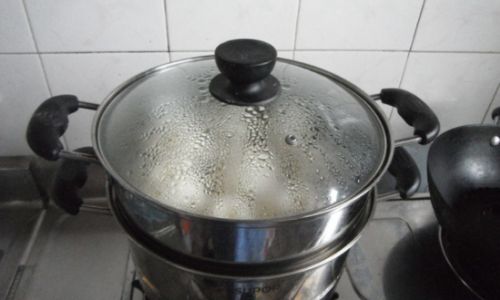
- Issue: Starting with cold water prolongs cooking time and may dry out the dough.
- Solution: Always preheat the steamer with boiling water before adding baozi.
Advanced Tips for Perfect Baozi
-
Dough Consistency
Knead the dough until smooth and elastic (8–10 minutes by hand or 6–8 minutes in a stand mixer). This ensures even rising and cooking.
-
Filling Preparation
Drain excess liquid from fillings to prevent sogginess. For meat, marinate with a starch (e.g., cornstarch) to lock in moisture.
-
Second Proofing
Let shaped baozi proof for 15–20 minutes in a warm, draft-free area before steaming. This step guarantees fluffiness.
-
Altitude Adjustments
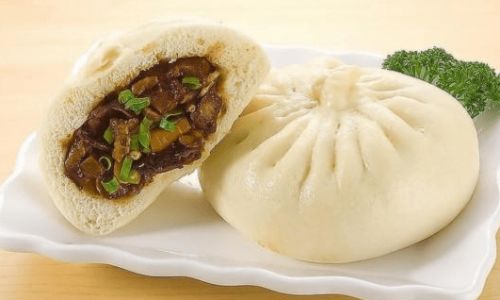
At elevations above 3,000 feet, increase steaming time by 10–15% and use a tight-fitting lid to maintain steam.
Regional Variations and Steaming Times
- Shanghai-Style Shengjianbao: These pan-fried and steamed buns require a shorter steaming time (8–10 minutes) due to their smaller size and crispy base.
- Guangdong Char Siu Bao: Sweet, fluffy buns with barbecue pork filling need 15–18 minutes to melt the fat and cook the meat.
- Northern China’s Da Bao: Giant steamed buns (up to 6 inches) may need 25–30 minutes, especially with dense fillings like red bean paste.
Serving and Storage Suggestions
- Serving: Pair steamed baozi with dipping sauces (soy sauce, vinegar, chili oil) or serve alongside congee, pickled vegetables, or tea.
- Storage: Refrigerate cooked baozi for up to 3 days or freeze for 3 months. Reheat in a steamer for 5–7 minutes (thawed) or 10–12 minutes (frozen).
Conclusion
Mastering the steaming time for large baozi is a blend of science and art. By understanding the interplay of dough thickness, filling type, and equipment, you can adjust your technique to achieve consistently perfect results. Remember that practice is key—experiment with sizes and fillings to refine your skills. Whether you’re a novice cook or a seasoned chef, the reward of biting into a perfectly steamed, pillowy baozi filled with savory or sweet goodness makes every effort worthwhile. So, fire up your steamer, set your timer, and embark on a culinary journey to baozi perfection!

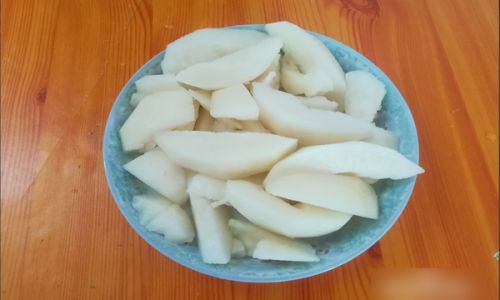
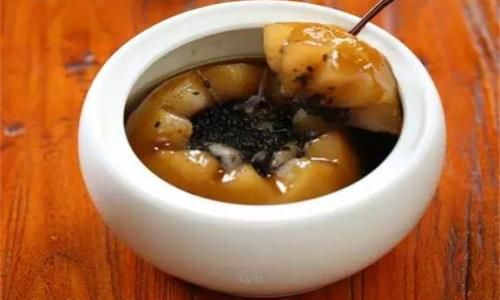
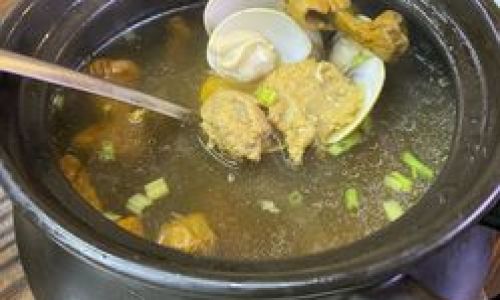

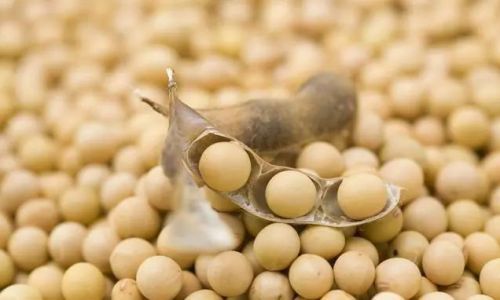
0 comments